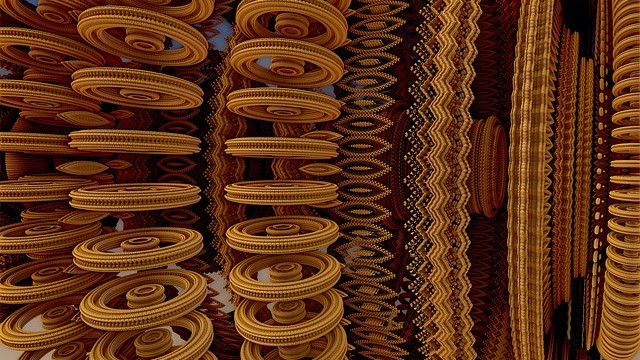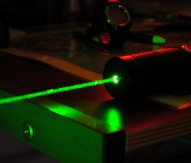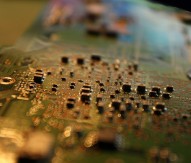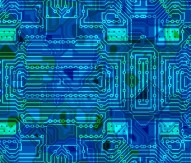
New insights gained into mechanical systems
Scientists at the Free University of Berlin have developed a novel method for gaining an insight into the complex behaviour of mechanical systems at the micro and nanoscale.
The investigators were part-funded by the European Research Council and other EU funding programmes. Mechanical systems are located at the interface of the physical world (described by classical mechanics and quantum theory), and modes of light. The group of physics Professor Jens Eisert succeeded in establishing a new window into this interface. The subtle transition between the classical and the quantum mechanical worlds can be better understood by observing the dynamics of a small mechanical oscillating system.
It is now known that quantum properties are essentially responsible for the apparently classical behaviour of objects in the physical world though, in a way, the interactions between macroscopic systems and their environment are so strong that the subtle quantum properties are less noticeable in the macroscopic system as such. The precise mechanism leading to this decoherence, as it is called, has not been adequately investigated and illustrated until know.
In their research project, the scientists at Berlin, as well as the University of Vienna in Austria, developed a setting that allows for fresh insights into the interface of the two worlds that describe nature in such different ways. They experimentally observed the light emitted from a cavity one mirror of which constituted a very small mechanical oscillating object.
By statistically analysing this emitted light, they were able to draw profound conclusions about the precise interactions responsible for the emergence of effectively classical properties. The physicists encountered memory effects in the mechanical motion, and hence the mirrors cannot simply be described as damped mechanical motion, as is usually done. These intricate memory effects lead to highly unorthodox ways of decoherence, again leading to classical behaviour.
The findings published in the journal Nature Communications.




